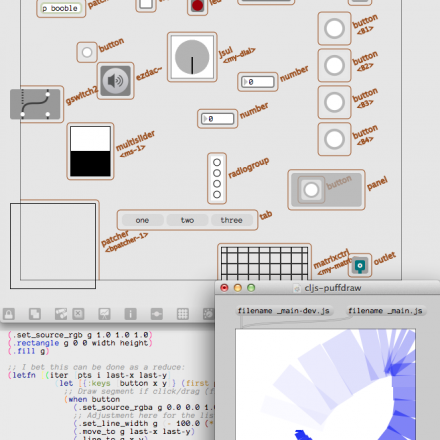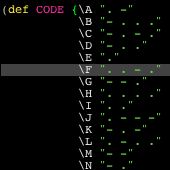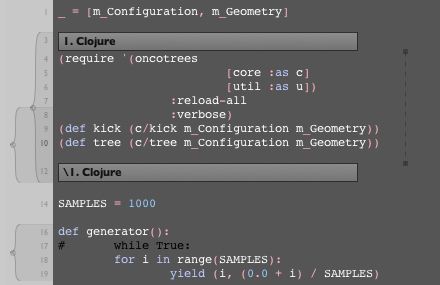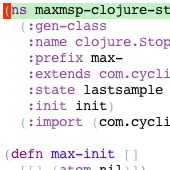
I’ve been writing graphics widgets in Javascript for MaxMSP using JSUI for a few years (things like the TextBrick and the Nixie tube display, as well as the Forbidden Planet-inspired Krell Mixer Panel which I really must release some time), and I’ve also been working in Clojure for a while, so the arrival of ClojureScript, targetting Javascript as its back end, prompted an investigation of using Clojure to develop user interface panels and scripting extensions for Max without writing any Javascript directly.
Summary: despite a few niggles it all hangs together rather nicely, but be wary of thinking in Javascript terms when coding in ClojureScript, especially when porting example code, otherwise it can all go a bit pear-shaped.


